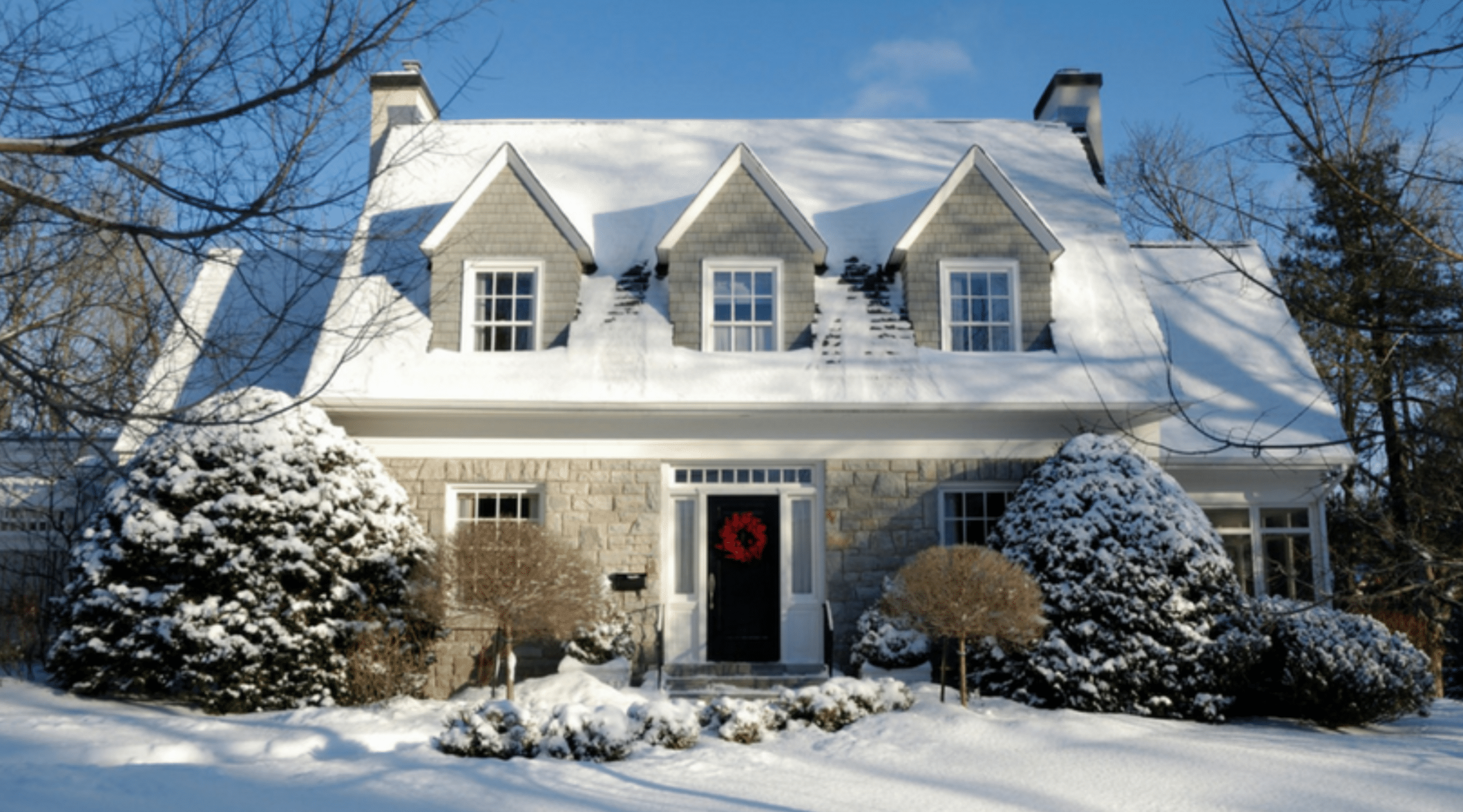
As the temperatures start to drop here in Wisconsin, we begin to think about buttoning up our homes so we …
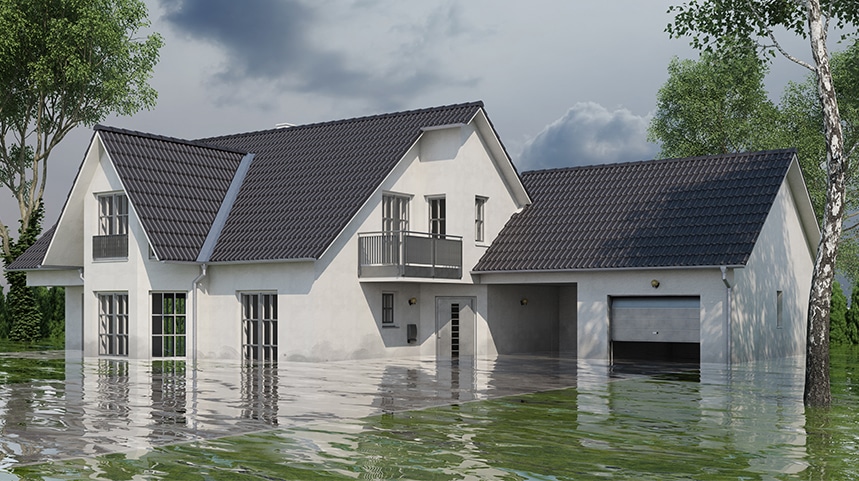
During the floods that erupted in Texas in March and April of 2016, multiple days of heavy rainfall averaging 15 to 20 inches prompted numerous evacuations, high-water rescues, and mass destruction. More than 1,000 homes and businesses were damaged and destroyed. These dramatic weather events killed more than a dozen people, with estimated costs over nearly five billion dollars.
The physical destruction caused by any flood depends on the speed and level of the water, the duration of the flood, terrain and soil conditions, and the building environment. Transportation routes, power, water, gas and other utilities are likely to be temporarily disrupted. Drinking water supplies and wells may be polluted. Even a few inches of floodwater in a home can cause hundreds of thousands of dollars in damage.
In order to minimize these types of life-threatening risks, it’s crucial for homeowners to properly prepare for a flood. The three most essential goals for protection are:
It’s important to note that flooding can occur in any U.S. state. However, it is particularly crucial to be prepared for flooding if you live in a low-lying area near a body of water, near a coast, downstream from a dam or levy, or you live in place that is prone to hurricanes, tornadoes, or other destructive storms.
Learning how to prepare your home and family for potential flooding is a complex process, and it’s one that isn’t always intuitive. That’s why it’s important to read features like this one, do your homework, and connect with your network of storm repair professionals once it’s safe to return to your home.
First, it’s important to talk to people about what to do if a flood watch or warning is issued. Discuss what you have done or will do with your family, friends, neighbors, and colleagues. Discussing floods ahead of time helps reduce fear and anxiety, especially for younger children. Talking about preparedness with others will help you think logically, share information about alerts or warnings, and expose potential risks or setbacks in your plan. Talking about natural disasters and helping others prepare makes everyone in your network safer.
One of the most important tools in your flood preparation plans is a radio with extra batteries or another external source of power that can pick up weather bulletins from the National Oceanic and Atmospheric Administration (NOAA). NOAA Weather Radio All Hazards (NWR) is a nationwide network of radio stations broadcasting perpetual weather information directly from the nearest National Weather Service Office. NWR is an “all hazards” radio network, making it your best source for comprehensive weather and emergency information.
Now that you have a method for receiving important bulletins, it’s important to understand what emergency notifications mean. Watches, warnings, and evacuation notices are science-based predictions that are intended to provide adequate time to seek shelter or evacuate a dangerous area. Emergency notifications generally come in these categories:
Flood Watch: Flooding is possible in your geographic area. You and your family should be prepared to move to higher ground on short notice.
There are lots of things you can do in advance of a flood that will decrease the risk of injury or damage in the event flooding occurs.
Know your flood risk. It’s easy to learn whether you live, work, or travel through areas that are prone to flooding. The Federal Emergency Management Agency (FEMA) creates flood maps to how the locations of high-risk, moderate-to-low-risk, and undetermined risk areas. You can also ask the county planning division whether your home is at risk for flooding. The main factor for determining your home’s risk is whether you are in a floodplain or not.
However, keep in mind that more than 25 percent of all flood claims each year come from homes outside areas at high risk for flooding, according to the National Flood Insurance Program (NFIP).
Prepare personal emergency supply kits for your home, car, and work. Here you can find links to checklists to inform you what to assemble in your emergency kit.
Establish an evacuation route. Knowing the best ways in and out of your neighborhood and other parts of the city when it’s flooded could save your life. You’ll need to stick to higher ground if you do need to evacuate. It’s also important for all family members to know where they are supposed to meet, and that information should be written down. Go over it with your family to ensure that everyone knows what to do.
Also practice how you will communicate with your family members. During an emergency, sending texts can be faster than a phone call. All family members should also have a family contact out of your immediate area, in case information needs to be passed through a third party.
Protect Your Property. There are a wide variety of things you can do to mitigate the effects of flooding on your home and property. These include:
Manage your risk. The best way to manage your risk and protect your property is to buy flood insurance. Flood insurance is available nationwide for homeowners, renters, and business owners. Homeowner’s insurance rarely covers flood damage, so this coverage must be purchased separately. Visit Floodsmart.gov to obtain an estimate of what flood insurance may cost for your property address.
Keeping your family safe during a flooding situation means keeping your head during a trying time. It’s important to remember that you may not have very much warning. If a flood is forecast and you have time:
Cleaning up and repairing a flooded home is complicated, and very likely to need professional help to restore your home back to its original condition.
Some aspects of cleaning up a flooded home are simply beyond a layperson and require specialized help. A professional restoration firm like Storm Guard can help with a variety of these complex processes. These services may include:
Storm Guard is your local, licensed general contractor specializing in residential and commercial exterior restoration following a storm or flooding event. We are always pleased to provide a free inspection of your home. If we find damage, we’ll meet with your insurance provider’s representative to review it with them, so they can determine if the necessary repairs will be covered under your homeowner’s insurance policy. In most cases, your policy will cover our services. If your storm damage is not covered, our team of professionals stands ready to provide you with a reasonable quote to get your property back to like-new condition in a timely manner.

As the temperatures start to drop here in Wisconsin, we begin to think about buttoning up our homes so we …

Home generators can keep you plugged in when your power lines are down. So if your power goes out, you …

But some smells require more attention than others because they can cause health problems, fires, or even death. Let’s take …
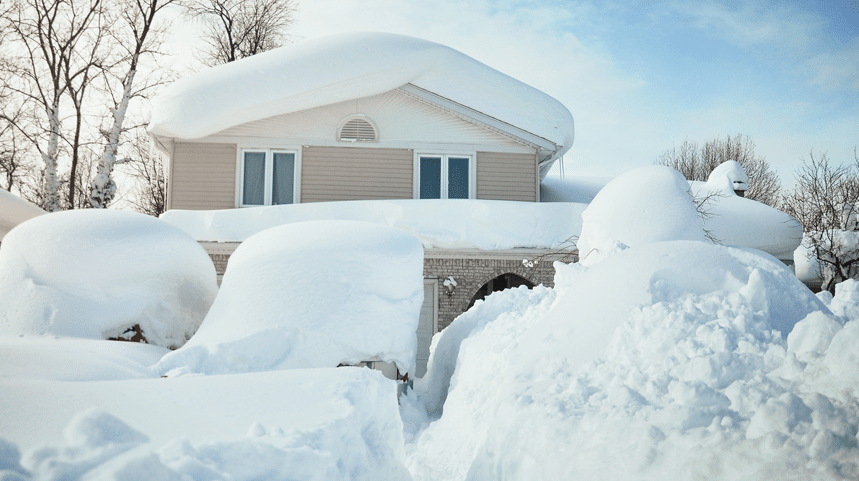
There are a few ways to keep your home in the best shape for severe winter weather, so make sure …
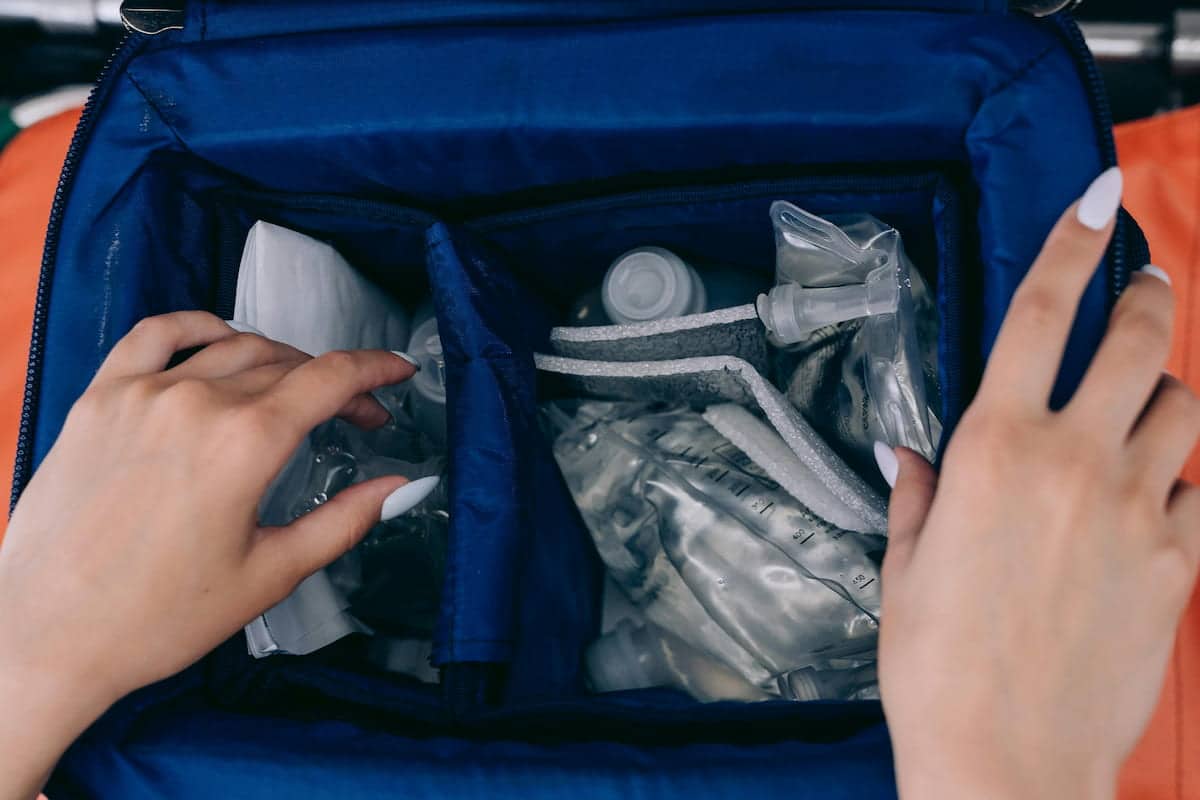
Having a well-stocked emergency kit can be a huge lifesaver for you and your loved ones in the face of …
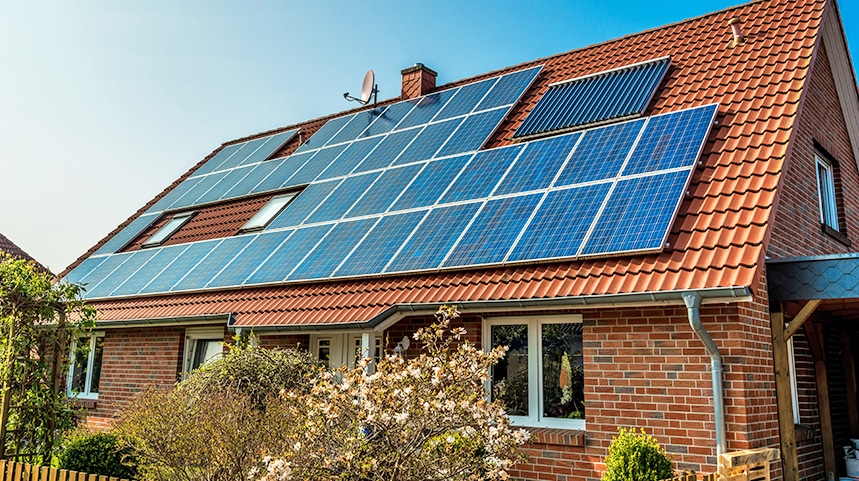
1. The Solar Energy Market is booming According to the Solar Energies Industry Association, solar energy is off-the-charts popular with residential …